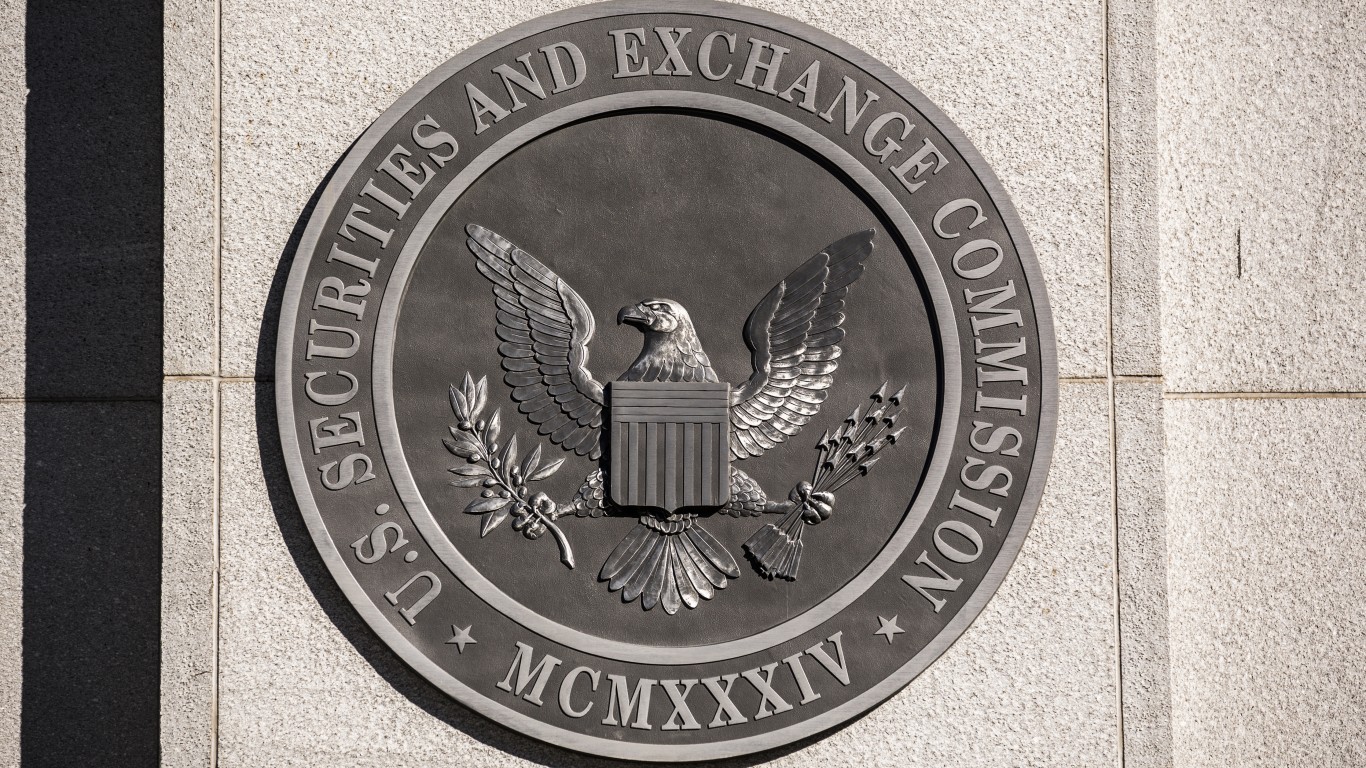Investing
How a New SEC Ruling on Direct IPOs Affects Underwriters, Small Investors, SPAC Mergers

Published:

The U.S. Securities and Exchange Commission (SEC) on Tuesday announced that it has approved a new listing standard for the New York Stock Exchange that allows for primary direct IPO listings that give companies the ability to raise funds outside the traditional IPO process.
The change threatens the future of traditional, underwritten IPOs and also could let some air out of the tires of special-purpose acquisition companies (SPACs) that make deals for reverse mergers with privately held companies wanting to go public.
The traditional way of conducting an IPO includes finding an underwriter to purchase a company’s stock at a discount and then drum up investors who want to buy the stock at the full price. At the time of the IPO, the company receives the cash raised less the discount and other underwriting fees. If the IPO price per share is $10 and the stock jumps to say $12, that $2 gain goes into the pocket of the original, often institutional investors drummed up by the underwriter.
Under existing rules for a direct listing, shares that have been issued to private shareholders (company executives, venture capitalists and other typically large investors) are offered for sale and the company receives no proceeds from the sale. Music streaming company Spotify’s April 2018 IPO was a direct listing from which the company realized no cash. Its existing shareholders were able to sell registered shares on the open market whenever they wished. More recently, Asana and Palantir Technologies came public through similar direct listings.
The new SEC rule announced Tuesday will allow a company to sell IPO shares on the NYSE in a primary direct listing. The difference from the so-called selling shareholder direct listing is that in a primary listing, the company can sell newly registered shares in a direct auction on the first day of trading. Here’s how the SEC put it:
The [NYSE would] recognize [a] direct listing in which a company that has not previously had its common equity securities registered under the Exchange Act would list its common equity securities on the Exchange at the time of effectiveness of a registration statement pursuant to which the company itself would sell shares in the opening auction on the first day of trading on the Exchange in addition to, or instead of, facilitating sales by selling shareholders…
In practice, that means that a company would not have to sell its initial shares at a fixed price of say $10 per share, but would be able to sell them at an auction price of say $12 and keep the money that would have gone to big investors in a traditional IPO. Retail investors could bid alongside big investors and will prevent “unfair discrimination between customers, issuers, brokers, or dealers.”
So how does this affect the popular SPAC reverse merger IPO that has virtually matched traditional IPOs so far in 2020? According to IPO analysis firm Renaissance Capital, 194 traditional IPOs have been held in 2020 compared to 200 SPAC IPOs. Traditional IPOs raised $67 billion and SPAC IPOs raised about $64 billion.
Most SPAC reverse mergers yield fledgling companies a guaranteed cash amount that has been raised by the SPAC along with a portion of the IPO’s proceeds. A typical SPAC reverse merger is really just a variation of the selling shareholder direct listing described earlier.
The question a company going public has to answer is how it can raise the most money, with a SPAC guarantee or a riskier direct auction of shares that might result in more cash. Will a company seeking an IPO be able to turn down a guaranteed payday from the likes of SoftBank, which has announced an IPO of up to $600 million for a new SPAC to be named SVF Investment?
Two SEC commissioners, Caroline Crenshaw and Allison Herren Lee, objected to the NYSE direct listing rule on two issues: the lack of an underwriter motivated to impose greater discipline around the due diligence and disclosure process, and the potential inability of shareholders to recover losses for inaccurate disclosures. In other words, primary direct IPOs threaten the very retail investors that the new rule is supposed to empower.
Are you ahead, or behind on retirement? For families with more than $500,000 saved for retirement, finding a financial advisor who puts your interest first can be the difference, and today it’s easier than ever. SmartAsset’s free tool matches you with up to three fiduciary financial advisors who serve your area in minutes. Each advisor has been carefully vetted and must act in your best interests. Start your search now.
If you’ve saved and built a substantial nest egg for you and your family, don’t delay; get started right here and help your retirement dreams become a retirement reality.
Thank you for reading! Have some feedback for us?
Contact the 24/7 Wall St. editorial team.